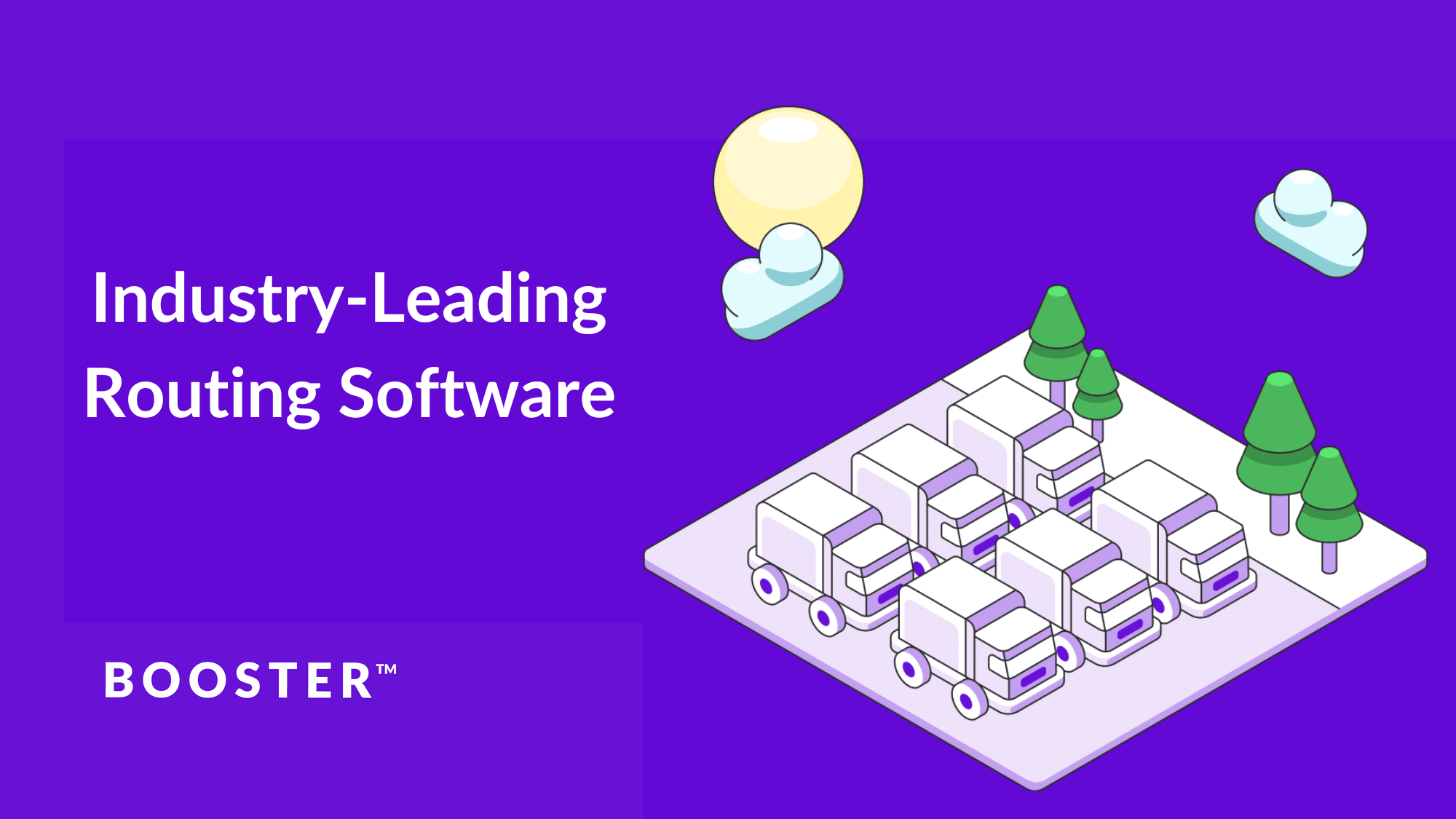Booster’s tech-driven mobile energy delivery company is playing an active role in fueling the energy transition, by helping customers lower carbon emissions, increase cost savings, and improve efficiencies across the value chain.
But the entire business model hinges on the ability to deliver energy to customers when and where they need it, in the most efficient way possible. This challenge demands customized coordination to meet customer needs: deliver “W” amount of energy, of “X” type, at “Y” latitude/longitude, at “Z” time, leveraging Booster’s distributed network of assets, including drivers, smart tankers, and fuel types.
Plenty of companies offer delivery and route planning software, but Booster’s rapidly expanding business model required something more. This is because Booster delivers a fungible product – liquid fuel of various types. This means that the same 100 gallons of renewable diesel can be delivered to Amazon, UPS or Impossible Foods.
The company also needed a platform that allowed for value-scoring events and challenges that pop up in the real world, e.g., a customer requires only drivers with security authorization to access their yard.
Prior to 2018, Booster was using a popular software-as-a-service (SaaS) routing platform that provided base-level service. But the engineering team wanted something better, and given the ever-increasing complexity – as well as the company’s growing investment in data analytics – Booster developed its own custom routing platform known internally as “Kasparov.”
Routing is Key
The Booster engineering team identified some areas of improvement that would allow us to provide better service to our customers. This included overcoming challenges like fulfilling and scoring complicated customers, addressing internal operations needs, and cost optimization for labor.
The team decided to invest in developing its own routing software and turned to John Carlsson, a published scholar and professor at the University of Southern California in the Epstein Department of Industrial and Systems Engineering, to build what would eventually become Kasparov.
In the early days, Kasparov provided a good but inefficient solution. After several adaptations, Kasparov became much faster at solving problems (reducing the time from several hours to less than a minute) and handling multiple fuel types.
Today Kasparov includes complex business logic in the algorithm that takes real world factors into account when evaluating possible routes, while the routing team also works to improve the day-to-day experiences of Booster’s service professionals (SPs) and dispatch team members. For example, some customers require several thousand gallons in a single delivery, but spending more than a few hours at a customer site can be monotonous, and so Booster optimizes routes to account for tedium in SPs’ schedules.
Booster is getting more predictive, more intuitive and smarter with every new update as the engineering team continues to invest heavily in innovating its routing platform, because routing is at the crux of all success. Smoother, more efficient and more streamlined processes have an enormous impact on some of Booster’s most important KPIs: efficiency, profitability, and the SPs’ experience. As these metrics improve, business and customer satisfaction also improve.
And the real work on Kasparov is just getting started. Booster Routing 2.0 is coming soon. Today’s problems will continue to increase in complexity as business continues to grow and expand. To continue to serve its customers – and provide reliable, efficient energy delivery – Booster plans to invest in advanced technologies such as machine learning, natural language processing and optical character recognition technology, all of which will help elevate the company’s services to the next level.
